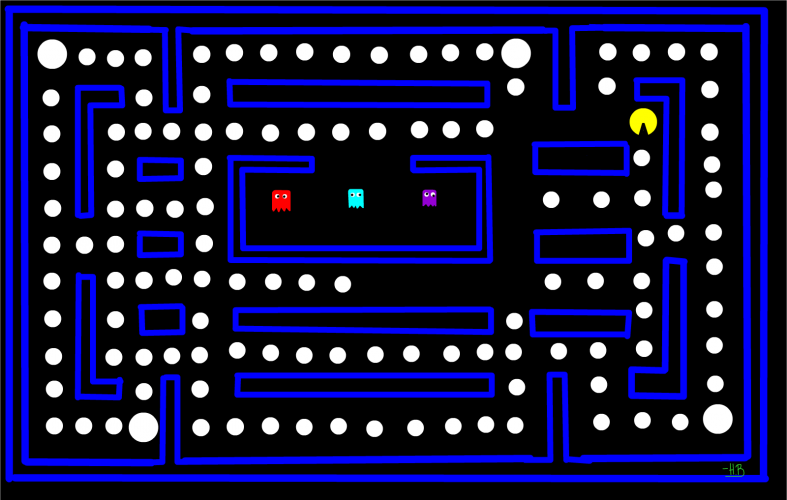
Three Ways Video Games Keep Us Playing
September 18, 2015The video game industry today is bigger and more influential than ever before. We have more games to play, more ways to play them, and an increasing willingness to treat them as tasks rather than entertainment, seeking rewards, achievements, and competitive victories. In part, this is all due to the natural evolution of the industry. After all, gaming isn’t the only business that figures to keep growing and expanding as long as it keeps making money! But the public’s shifting love affair with video games is also something that’s been crafted very intentionally by developers.
I’m not suggesting that there’s anything sinister about this. There are a lot of opinions and analyses out there that seem to suggest the video game industry is somehow nefarious for finding new ways to make its product appealing. Rather, I look at it as smart marketing. Whichever way you consider things, some of the ways in which the gaming industry works to keep us interested are objectively fascinating.
In-Game Acquisitions Feel Real
Cracked wrote an article on this topic, and while discussing the idea of game developers creating “virtual food pellets for you to eat” (think Pac-Man), the piece contained an amusing but curiously accurate statement: “if it takes time, effort and skill to obtain an item, that item has value, whether it’s made of diamonds, binary code, or beef jerky.”
We’re focused on the binary code part here, and if you’ve ever found yourself hooked on a game in search of a new item or achievement, you may understand that Cracked was onto something. While non-gamers may find it absurd to chase down a “fake” item, gamers understand the argument that this is the way the brain works. When we want something and devote time to getting it, the acquisition is satisfying. Period. Developers know this, and use it to make their games more worthwhile, whether that means eating food pellets in Pac-Man, unlocking new characters in an RPG, or obtaining new weapons or uniform kits in Call Of Duty or FIFA games, respectively.
Live Integration Makes Gaming Social
By now it’s no secret that social communities have emerged across all channels of gaming, most notably in console and app multiplayer networks. This helps to eliminate the stigma that gaming is an isolating or lonely activity, as it’s now seen as something that’s social, interactive, and at times competitive. But really, live elements in gaming go beyond multiplayer integration.
Arguably the most significant example that isn’t a multiplayer mode comes through the online casino industry, which has for years facilitated entire tournaments full of competitors exchanging real money—effectively creating a marketplace. Some of them have even begun to employ live dealers for casino games, visible through video players. Gala Casino explains this option quite simply by stating that “there’s no substitute for the personal touch you might get inside a real brick-and-mortar casino.” This suggests that live components make video games more social and more realistic.
Locked Levels Demand Action
This is a similar concept to that of enticing players with items and acquisitions, and yet it falls more under the umbrella of “freemium” gaming, which is worthy of a whole discussion on its own. To briefly cover what exactly this term means, I’ll turn to a Business Insider piece that was actually written to explain why the freemium model is such good business for developers. As the article defines it, “the freemium model offers users the core product—the game—for free and then optionally charges them for premium content such as in-game currency, extra content, or customizations.”
In other words, the games give you a taste of a total experience that can only be gained through paying more money. The point of this model is profitability for the developers, but the concept factors into the general discussion about enticing players as well. Dangling premium features certainly persuades players to spend money, but it also intrigues them as to what more the game has to offer and makes them want to dive into the experience further. Think of it this way: players aren’t actually tempted to spend money; they’re tempted to keep playing, and must spend money to do so.
Make no mistake about it: all of these methods are intentional, and game developers spend countless hours on integrating them into games to make the games more appealing. Next time you’re starting to experience that feeling of being sucked into an activity, you may just realize why it’s happening.



[…] this piece we are going to look at bad games. Games that don’t tick the boxes that keep us playing. To qualify further, we are going to look at the worst games imaginable. Gameplay that leave you […]